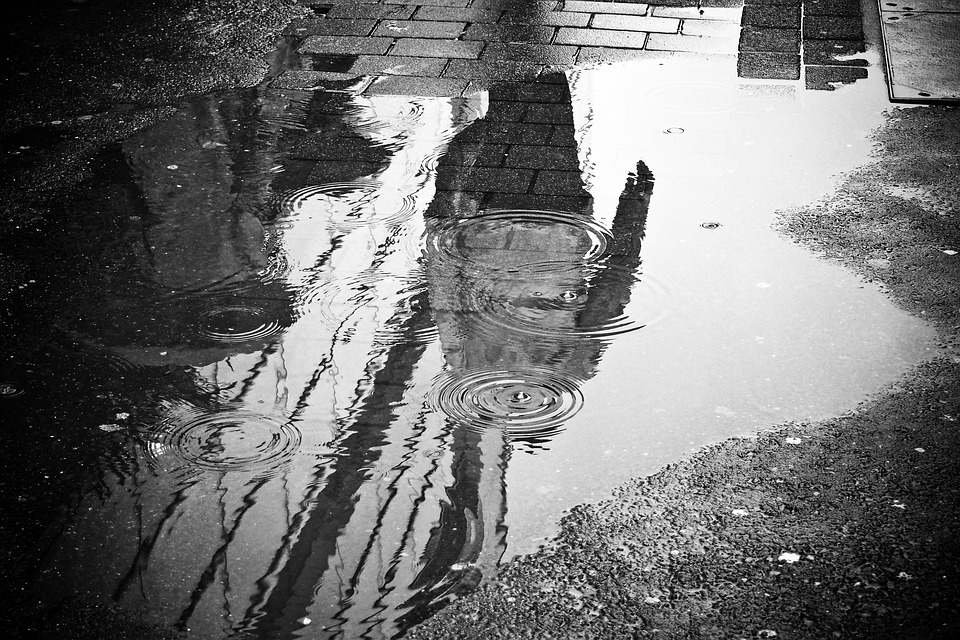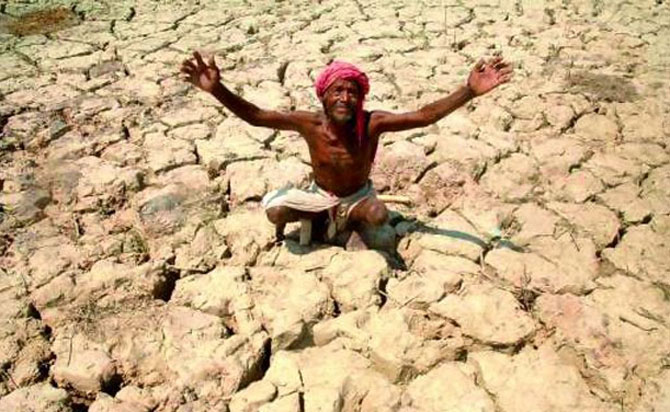Now, all eyes are on the monsoon. Will it steer the economy after the lockdown?
Usually, at this time of the year, the performance of the monsoon attracts all the curiosity. But, this year, the story has unfolded very differently, with the focus completely on COVID-19


Statistically speaking, the odds of encountering a pandemic in one’s lifetime is orders of magnitude lower than the odds of monsoon circulation currents engulfing the Indian sub-continent; the latter being one. This is precisely the reason COVID-19 has caused so much distress to many echelons of our society, given its sudden outbreak and proliferation. For events with probability (or odds) = 1 (meaning it is assured to happen), such as the Indian monsoon, we are never fully equipped to fight the whims and vagaries that it brings along. Therefore, one could only imagine the kind of firefighting required to handle a pandemic outbreak, which is conspicuous from the strict government norms, in the form of nationwide-lockdown, social distancing, travel restrictions and much more. Even with these stringent norms, COVID-19 has put a damper on the Indian economy and people’s livelihood.
For an agrarian country like India, usually, at this time of the year, the performance of the Indian summer monsoon attracts all the curiosity, owing to its notorious nature. But this year, the story has unfolded very differently, with the focus completely on COVID-19 and its lethal effects. Therefore, it is hard to comprehend if our cities would be “monsoon ready” by the time the first wave of rains hit the country.
With just over a month to go before monsoon’s glorious onset, a few questions arise, for which a straightforward answer does not exist: Will this monsoon wash away the negative effects of COVID-19 and bring the economy back on track? … Are we ready to withstand the erratic nature of the monsoon, wherein heavy rains, water-logging, and flooding would be common features? Let us break it down.

Can monsoon 2020 steer the economy back on track?
Year after year, a lot of hope rides on the Indian monsoon, as its performance is critical for our economy. This year, its more than ever. The monsoon 2020 predictions have started pouring in and all of them seem to be pointing to a normal or slightly above normal season, which runs from June to September. On top of this, the forecasters have highlighted that the monsoon could make an early onset, as early as May 28 in Kerala.
This outlook has been issued based on the long-range synoptic weather patterns, which we all know as El Niño-Southern Oscillation (ENSO) and Indian Ocean Dipole (IOD), or as I like to call them — the fat man and little boy of the Indian monsoon. Both ENSO and IOD are looking neutral going into the monsoon season (and beyond until late August 2020), which usually puts a positive spin on the monsoon performance. These two synoptic-scale phenomena, in conjunction with the Inter-Tropical Convergence Zone (ITCZ), steer the Monsoon Intra-seasonal Oscillations (MISO).
Given this outlook, one would immediately ponder – this means good news, right? Behold, because tactfully concealed under this forecast is the fact that the possibility of a normal/above normal monsoon season is a country-wide forecast.
To put this in a layperson’s perspective, let me give a worst-case example. If State A gets 200% rains and State B gets 0% rains, looking at the country-wide average, we still would have a normal monsoon season. The problem, however, is that there is huge spatial variability in precipitation patterns. This has been a perennial problem with the Indian monsoon, where even during excess monsoon years (take for example 2019), some districts have to battle drought-like conditions and some floods. Such a spatial variability is attributed to the local Indian Ocean dynamics and land-ocean atmosphere interaction on an urban scale. The natural terrain modification due to various anthropogenic activities, such as urbanization, CO2 emissions, and deforestation could energize/dissipate the monsoon clouds on a hyper-local scale, thereby resulting in such a high precipitation variability.
Therefore, the monsoon 2020 forecast definitely brings a positive outlook, but still falls short of the cheer required in these certainly uncertain times. A drought-like condition for any district could only worsen the already bad situation caused by COVID-19. In this regard, a well-charted water-management technique is the need of the hour, since we are going to be needing a lot of water to maintain our hygiene levels to fight this deadly outbreak. The government’s plan for the next three to four months are going to be very crucial in ensuring that we soak up what nature has to offer during this most generous period.

Good pre-monsoon showers over India and more in the offing
The pre-monsoon season has been quite benevolent so far, with above- normal rains during March and April (22% departure from normal). These rains usually help keep the temperature in check, which is a welcome relief. On the contrary, this time around, the below normal summer temperature has triggered fear in the minds of people that relatively cool and humid weather (due to evening thundershowers) could help the virus sustain longer. So much so that people want hot and dry weather to persist.
These are unvalidated statements and no scientific evidence exists yet to support the fact that virus will not spread in hot weather, especially for a novel virus like COVID-19. Regions like the North Konkan and parts of interior South India are facing heatwave conditions, where the maximum temperatures are seen reaching as high as 40-420C. The spread of COVID-19 in these parts has not slowed down, if anything it is quite steep.
Usually, a good pre-monsoon season is a crude indicator of good monsoon rains for at least the first half of the southwest monsoon season (i.e June and July). Satellite images are clearly showing the northward movement of ITCZ, slowly, but steadily, which is one of the necessary conditions for the monsoon to set in. As the ITCZ moves to the North Indian Ocean, and with the movement of Madden Julian Oscillation (MJO) into our basin, we could expect some intense pre-monsoon thundershowers for the South, Central, and East India during May 2020.
This is also the month, where any Western Disturbance moving in from the Mediterranean region would interact with the Bay of Bengal moist winds and cause intense thunderstorms in North India. Therefore, the preview to the monsoon season is also looking good, in terms of sheer rainfall numbers.
Despite these known conditions, the unknown still lingers – are we monsoon ready so as to not aggravate the existing fragile situation?

Do we have enough steam to battle the vagarious monsoon?
With all the focus on COVID-19, one would wonder, if we could come up with an adequate action plan to tackle the vagaries of the Indian summer monsoon. Even in ordinary times, we face a lot of issues during the monsoon season. Now, with this pandemic at hand, which is not going anywhere anytime soon, extra planning is required to save the lives and livelihood of billions.
As with all the pandemics in the past, a second wave is almost 100 per cent given, and COVID-19 will not be an outlier to this trend. Famous virologists worldwide are expecting that a second wave of COVID-19 is likely to hit the world during fall or autumn season, typically September onwards. Poor monsoon planning and water deficiency could lead to hygiene issues, which could very well trigger another round of COVID-19 spread.
As of today, even with the first wave of COVID-19, India has not seen a peak in the number of cases. The peak is important since the decline cannot happen without this peak point being reached. How long will it take to reach the peak is not yet known? May be two weeks or a month (depending on rampant testing and common sense amongst people). Add to the mix, the vagaries of monsoon and an impending second wave, at this moment, one could only wonder how quickly things could go out of control if proper actions are not taken with immediate effect.
Given the monsoon 2020 outlook, theoretically, it has the immense potential to steer our economy back on track, but could it be realised practically is the biggest mystery.
Sridhar Balasubramanian is an associate professor of mechanical engineering and an adjunct faculty member at IDP Climate Studies at the Indian Institute of Technology Bombay (IITB).

